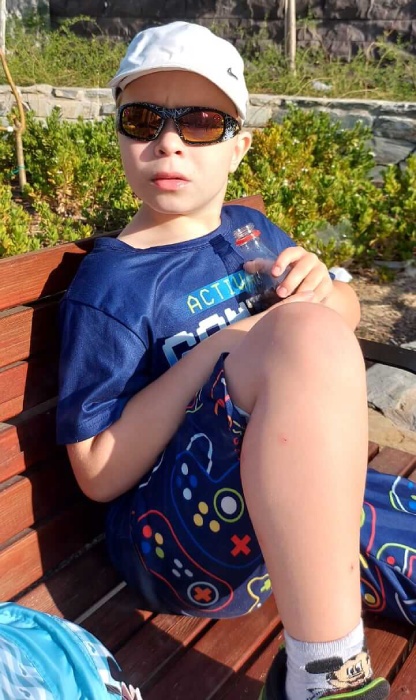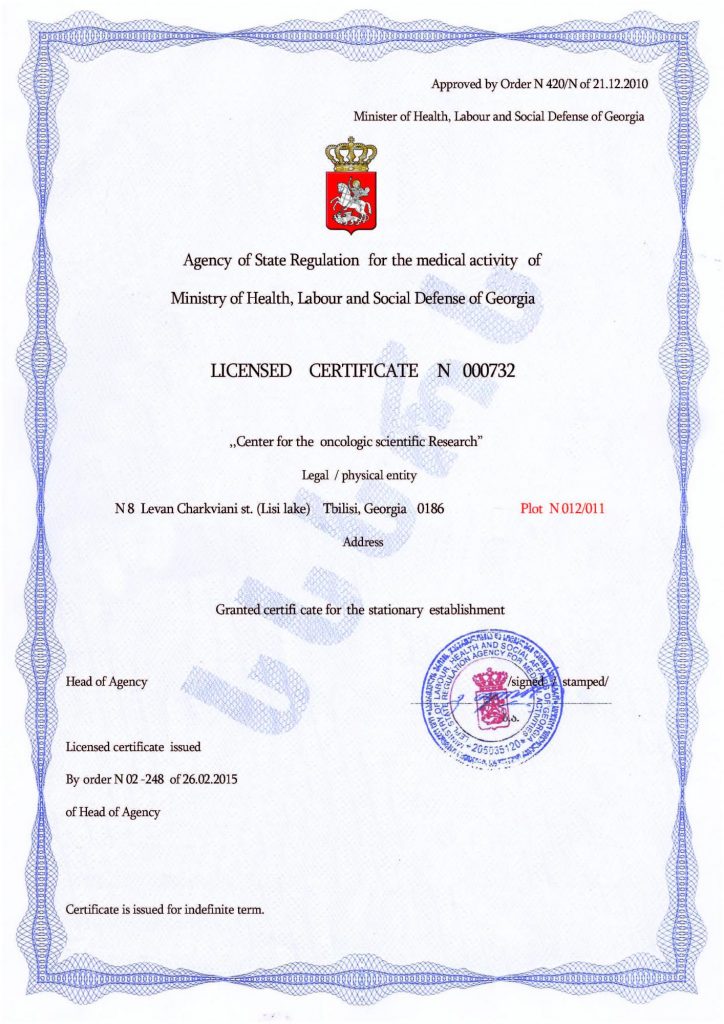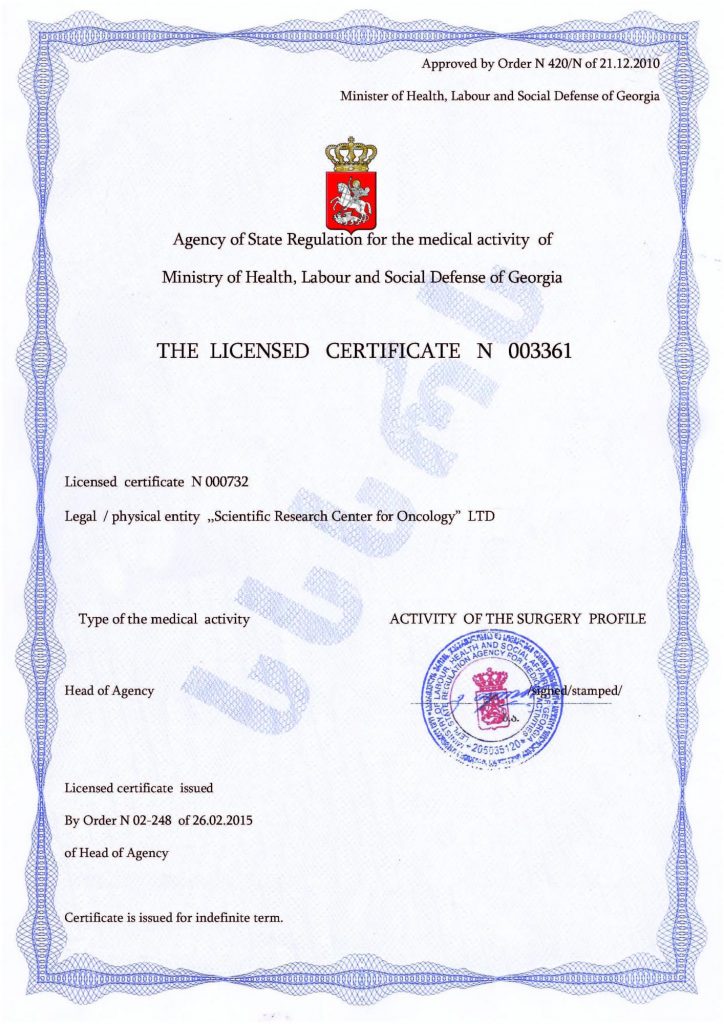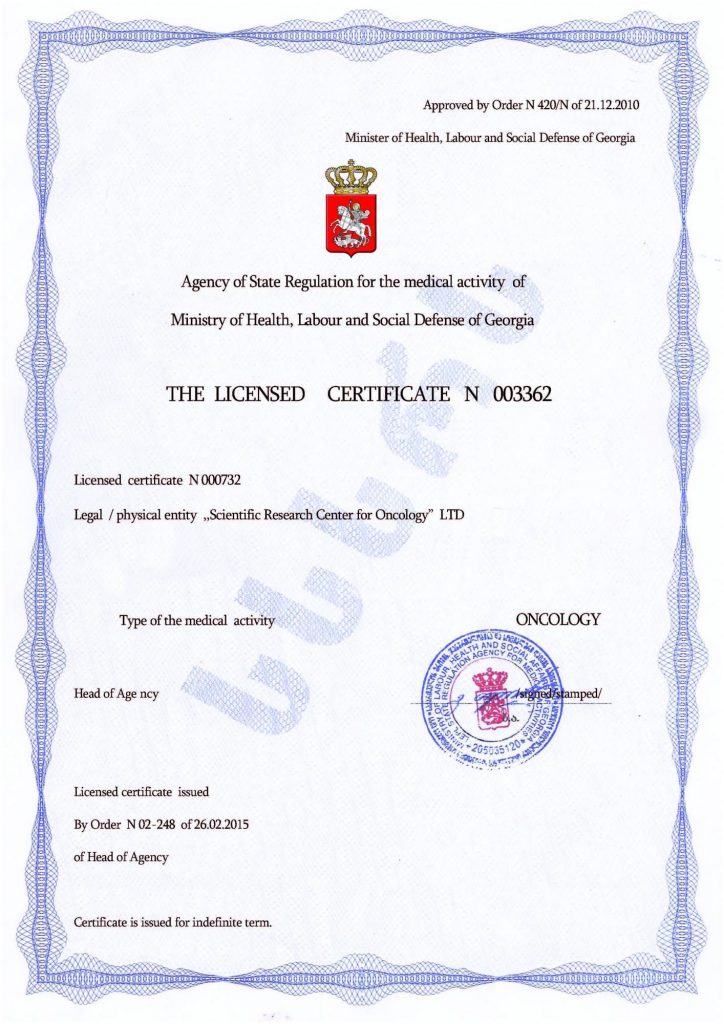Exercises for the Sensory Systems of a Child with Autism
Symptoms indicating dysfunction in the sensory system are common not only in autism but also in other developmental disorders. In some cases, one or more senses may be either hypo- or hypersensitive to stimulation. As a result, the child may rock back and forth, clap hands, show irritability, or become hyperactive.
The three senses most crucial for perceiving the surrounding world are the tactile, vestibular, and proprioceptive systems. Therapy or sensory integration activities for autism aim to improve attention, awareness of surroundings, and reduce insecurity and related anxiety. These activities can be done not only by specialists but also by parents — they are quite simple.
Tactile Sensory System Dysfunction
Misinterpretation of touch, pain, temperature, and pressure, refusal to eat certain foods, dislike of washing or having hair washed, and wearing only specific types of clothing are signs of tactile sensory issues. If left unaddressed, these problems can lead to social withdrawal, irritability, inattentiveness, and hyperactivity. To improve this system, try:
- Playing with sensory bins filled with small balls
- Finger painting
- Playing with water beads
- Modeling with clay
Vestibular Sensory System Challenges
Some autistic children avoid certain types of movement and may struggle with simple tasks like climbing stairs, which can indicate an overreactive vestibular system. On the other hand, if it is underactive, the child might seek intense stimulation — such as jumping or swaying. Activities that may help include:
- Riding a bicycle
- Jumping on a trampoline
- Playing hopscotch
- Dance games that involve freezing when the music stops
Proprioceptive Sensory System Issues
When the proprioceptive system is impaired, children may struggle to understand their body’s position in space. They may appear clumsy, knock things over, stand too close when speaking, or misjudge personal boundaries. These children often seek additional sensory input by stomping, hitting objects, or biting fingers. Helpful activities include:
- Carrying or lifting moderately heavy objects
- Modeling with clay
- Tug-of-war games
- Jumping rope
The Role of Sensory Integration Therapy
Some research suggests that sensory integration therapy can normalize how the brain responds to touch, sound, and movement, thereby improving daily functioning. It helps the central nervous system process sensory information in a more organized way. However, this therapy does not cure autism or eliminate its symptoms — it only helps manage them.
Cellular Therapy: Targeting the Core Disorder
Addressing the root cause — the disorder itself and its manifestations — is far more important. The only method currently capable of achieving this is cellular therapy, an innovative, safe, and highly effective approach. This result is achieved through stem cell transplantation — using the body’s basic building blocks that can transform into any type of cell and replace damaged ones with healthy equivalents. The material is derived from the patient, eliminating the risk of rejection.
The outcome is normalization of brain and nervous system function, behavioral stabilization, and reduction or even elimination of other autism spectrum disorder symptoms. These changes are long-lasting, and in many cases, permanent — enhancing the effectiveness of all other forms of intervention.
Due to its reliability and promising results, cellular therapy is gaining global acceptance and may soon become the primary method for eliminating autism and its symptoms. Currently, it is practiced in only a few of the world’s leading clinics, including the Mardaleishvili Medical Center, where highly qualified doctors with specialized training and extensive experience in stem cell transplantation work with cutting-edge equipment to ensure the best therapeutic outcomes.
Additionally, treatment costs in Georgia are lower than in other countries with modern, high-tech healthcare systems. Another major advantage is the comprehensive support available for travel planning, accommodation, and other rehabilitation-related arrangements if needed.
Cellular Therapy — A New Technology in the Fight Against Autism!
Autism Treatment Center Videos
Autism treatment with own stem cells
Cord blood association congress
International Quality Crown
Autism Treatment Reviews
Autism treatment with own stem cells
The story of Alessandro (6 years old)
Autism Patient Testimonial - Stem Cell Treatment
Clients Testimonials

Anna – Sasha’s mother Read More
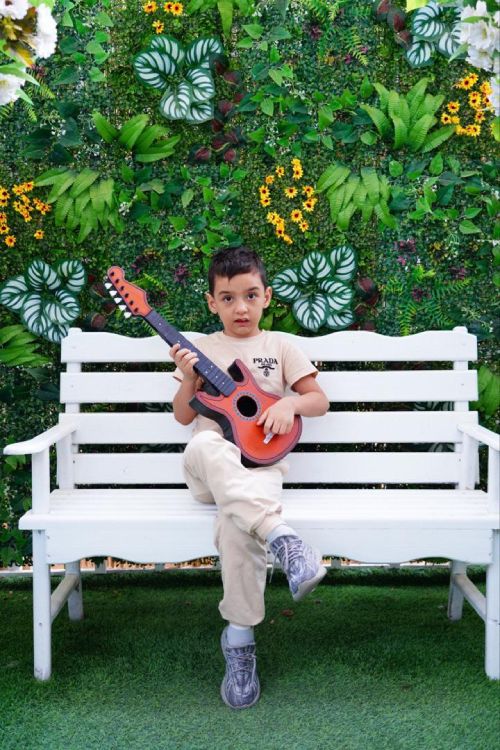
Amirkhon’s father — Tokhir Read More

Dilana’s mother Read More
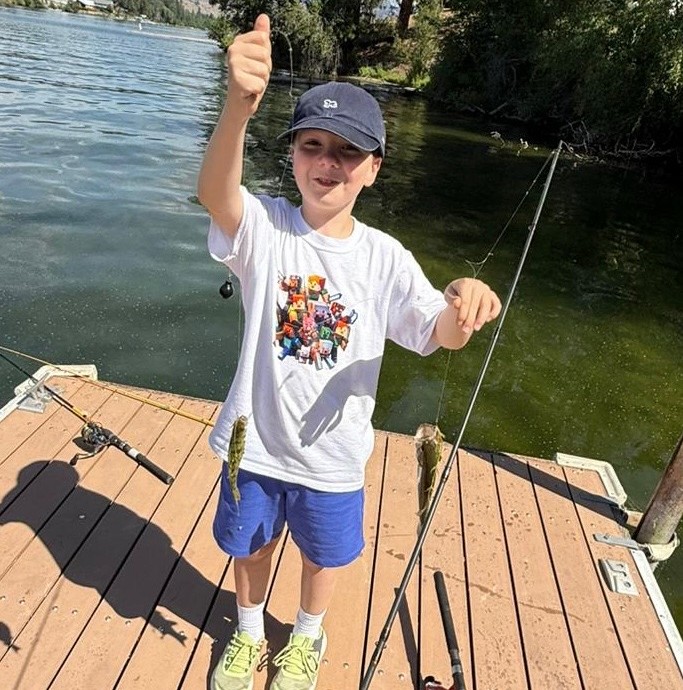
Irina and Stefan – Ilya’s parents Read More
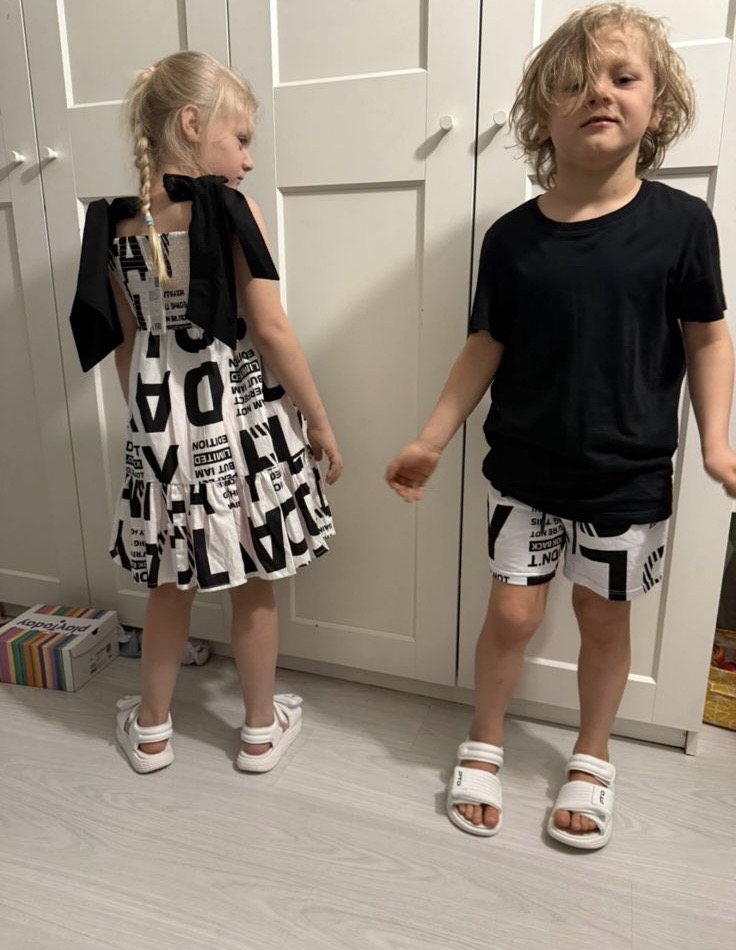
Kristina – mother of Nelly and Nik Read More
